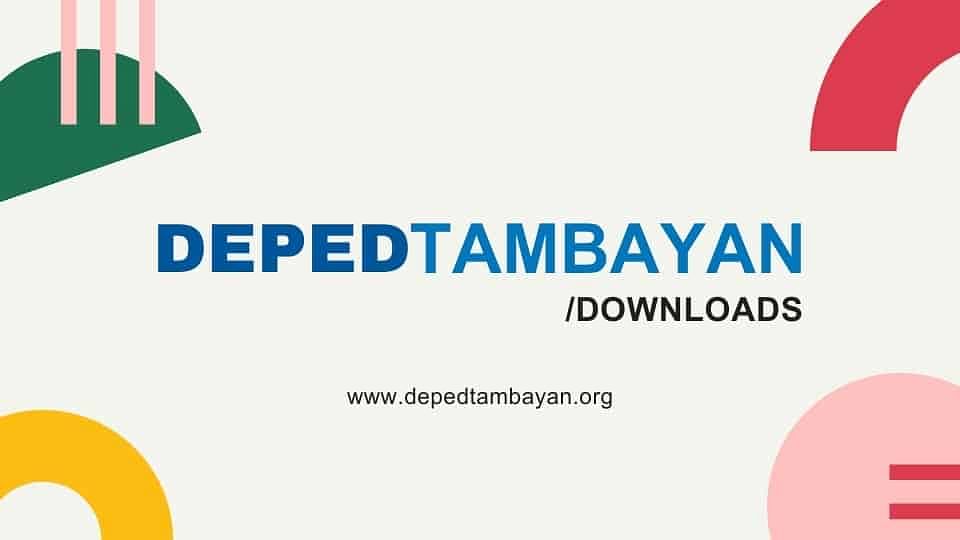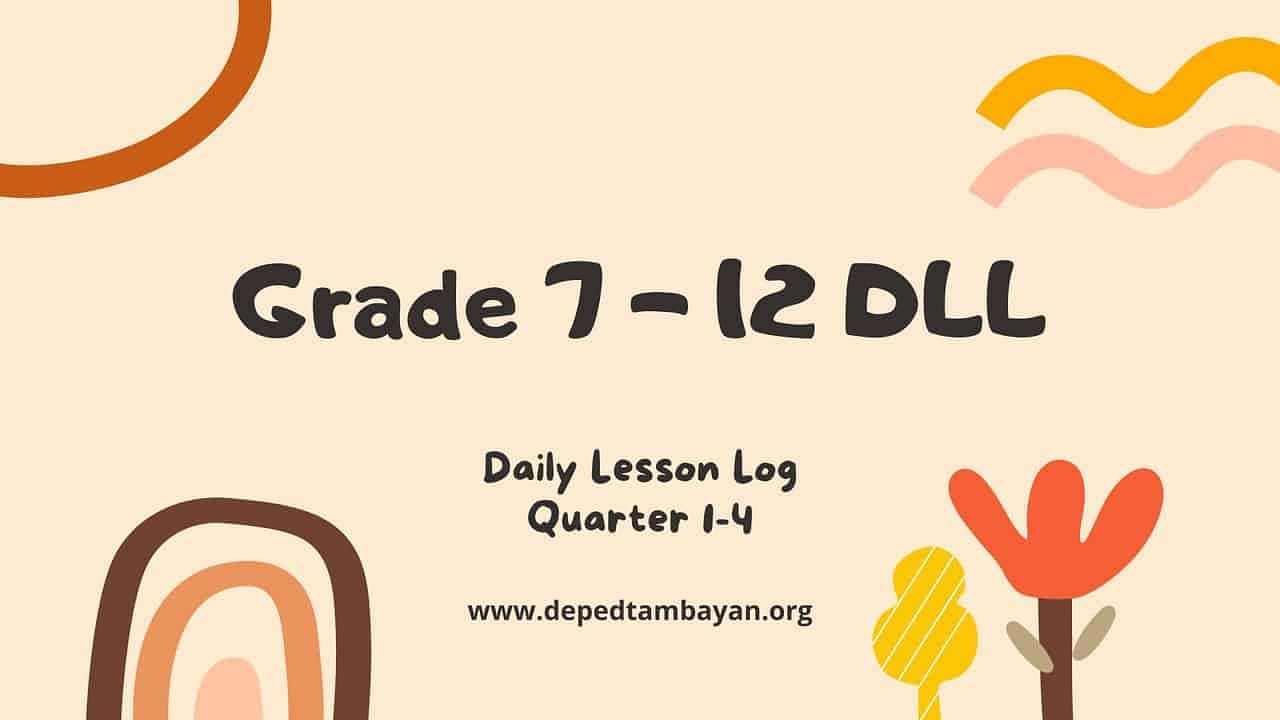The Marungko Approach is a method of teaching reading to beginners in the Philippines. It is designed to help children develop their reading skills by using a combination of syllabic and phonemic approaches, along with visual aids and hands-on activities that make learning more engaging and enjoyable. This approach has been successful in helping many Filipino children become proficient readers of Filipino. It is an innovative method that uses keywords, pictures, and stories to help children recognize and understand the sounds and meanings of words. The approach was created by Dr. Ester T. R. Estopace, a Filipino reading specialist, who recognized the need for a comprehensive and engaging approach to teaching reading in the Philippines.
Marungko Approach is widely used in the Philippines for teaching reading in Filipino. The approach is taught in many public schools across the country, and it is also used by several private learning institutions and in home-based learning environments. It has been recognized by the Department of Education in the Philippines as an effective method for teaching reading, and it is included in the K-12 curriculum as a recommended approach for teaching Filipino.
Why is it such an important thing to teach children to read in their native language?
Learning to read in their native language is important for children because it helps them develop a strong foundation in their mother tongue. This makes it easier for them to communicate effectively with their family, friends, and community. Additionally, it helps them to develop literacy skills that can be transferred to other languages they may learn in the future. Research shows that children who learn to read in their native language first have better academic outcomes in later years. It also helps them to maintain a strong connection with their cultural heritage, which can help build a positive sense of identity and self-esteem.
What is the importance of reading to a child?
Reading to a child has numerous benefits such as promoting language development, improving cognitive skills, and expanding vocabulary. They can learn about different cultures, people, and places just by reading books. Reading also helps develop a child’s imagination and stimulates their curiosity. So, reading to a child is not only beneficial for their present development but also for their future growth and success.
When is the right time to teach children how to read?
The right time to teach children how to read is when they are developmentally ready, which can vary from child to child. Most children usually start to show an interest in letters and sounds between the ages of 3 and 5. However, some children may show interest earlier or later than this age range.
It’s important to remember that every child develops at their own pace, and it’s essential to allow them to learn at their speed. They may have different learning styles or difficulties that need to be addressed. Some children may learn to read quickly, while others may take more time.
As a parent, it’s important to provide a supportive and encouraging environment for their learning journey. Reading aloud to them, playing educational games, and engaging them in fun literacy activities can help develop their interest in reading.
What is the use of the Marungko Approach?
This approach is particularly helpful for children who are learning to read in Filipino, as it emphasizes the importance of understanding the sounds and syllables of the language. It also emphasizes the development of phonemic awareness, which is vital for success in reading. It is a valuable tool for teachers and parents who want to help their children develop strong reading skills and a love for learning.
How effective is Marungko Approach Reading Materials:
Several studies have been conducted to evaluate its effectiveness. According to a survey conducted by the Department of Education in the Philippines, the Marungko Approach has been successful in improving students’ reading skills in Filipino.
The survey found that students who were taught using the Marungko Approach performed better in reading tests compared to students who were taught using other approaches.
Another survey conducted by the Philippine Normal University found that the Marungko Approach was effective in improving students’ word recognition and reading comprehension skills. The survey found that the approach was particularly effective in helping struggling readers and students with learning difficulties.
How can Marungko Approach help children?
The Marungko Approach can help children in several ways as they learn to read in Filipino.
Firstly, it can help children develop their phonemic awareness, which is the ability to identify and manipulate the individual sounds in words. This is a critical skill for reading success, and the Marungko Approach emphasizes the development of phonemic awareness through its use of syllabic and phonemic approaches.
Secondly, the Marungko Approach can help children recognize and memorize the letters of the alphabet and their corresponding sounds. This is an essential foundation for reading and helps children build up their reading skills gradually.
Thirdly, the Marungko Approach can help children develop their vocabulary and comprehension skills. The approach emphasizes the use of visual aids and hands-on activities that help children understand the meaning of words and phrases.
Overall, the Marungko Approach can help children become proficient readers of Filipino by providing them with a solid foundation in phonemic awareness, vocabulary, and comprehension skills. It is an effective method for teaching beginning reading and can help children develop a lifelong love of learning.
Why should we use Marungko Booklets?
If you are a teacher or a parent who wants to help children learn to read in Filipino, using the Marungko Approach can be an effective and helpful method. Here are some reasons why you might consider using the Marungko Booklets:
- It is based on research: The Marungko Approach has been developed based on research and studies on reading instruction. It is designed to help children develop their reading skills effectively and efficiently.
- It is comprehensive: The Marungko Approach includes six phases that cover different aspects of reading instruction, from recognizing letters and sounds to reading simple sentences.
- It is engaging: The Marungko Approach uses visual aids and hands-on activities that make learning to read more engaging and enjoyable for children. This can help keep them motivated and interested in their reading lessons.
- It is effective: Studies have shown that the Marungko Approach is effective in improving students’ reading skills and phonemic awareness. It has been widely used in the Philippines and has helped many children become proficient readers of Filipino.
Overall, using the Marungko Approach can be a helpful method because it provides a strong foundation for children’s reading skills.
Why is it hard to teach some children to read compared to others?
Some children have reading difficulties such as:
- Difficulty with phonemic awareness: Some children struggle with recognizing and manipulating the individual sounds in words.
- Limited vocabulary: Children may not have been exposed to many words yet, which makes it hard for them to comprehend what they are reading.
- Short attention spans: Children can become bored or distracted during reading lessons, which can make it difficult to engage them in the learning process.
- Learning disabilities: Some children may have conditions like dyslexia that make reading particularly challenging.
Despite these challenges, there are many effective strategies and resources available to help children learn to read. One of the best reading materials you can use is MARUNGKO APPROACH READING MATERIALS. It will make it easier for children to learn especially those who have reading difficulties.
Teaching children how to read can be challenging for several reasons. Learning to read involves multiple skills, such as recognizing letters and their sounds, understanding vocabulary, using context clues, and making connections between text and prior knowledge. That is why teaching a child to read requires a lot of persistence.
With patience, practice, and personalized instruction, almost any child can learn to read.
Anything can be possible if you are committed.
SIGN UP TO DEPED TAMBAYAN NEWSLETTER
Join our Facebook Community and meet with fellow educators. Share and download teaching materials. Get important updates and read inspiring stories.


